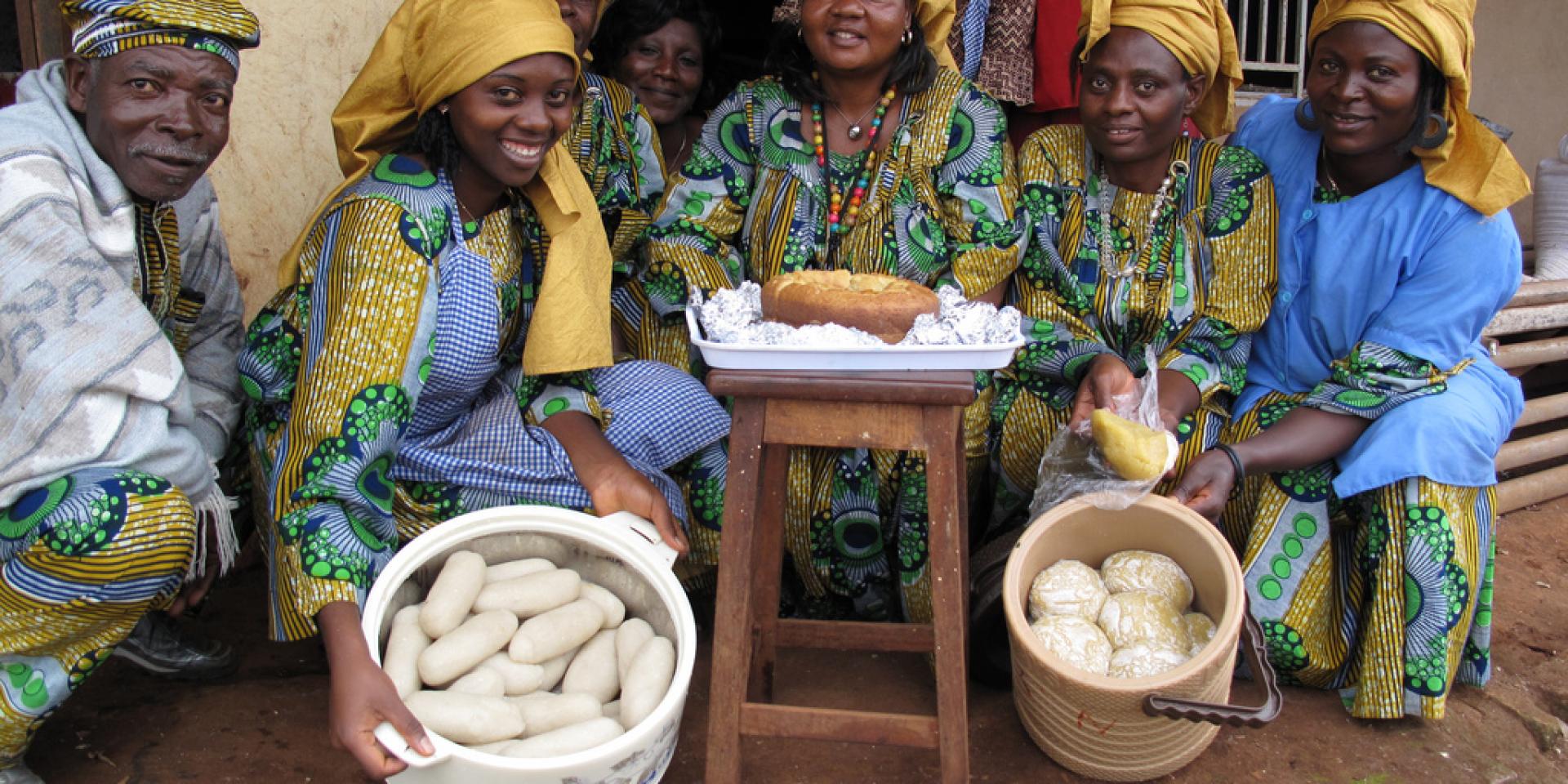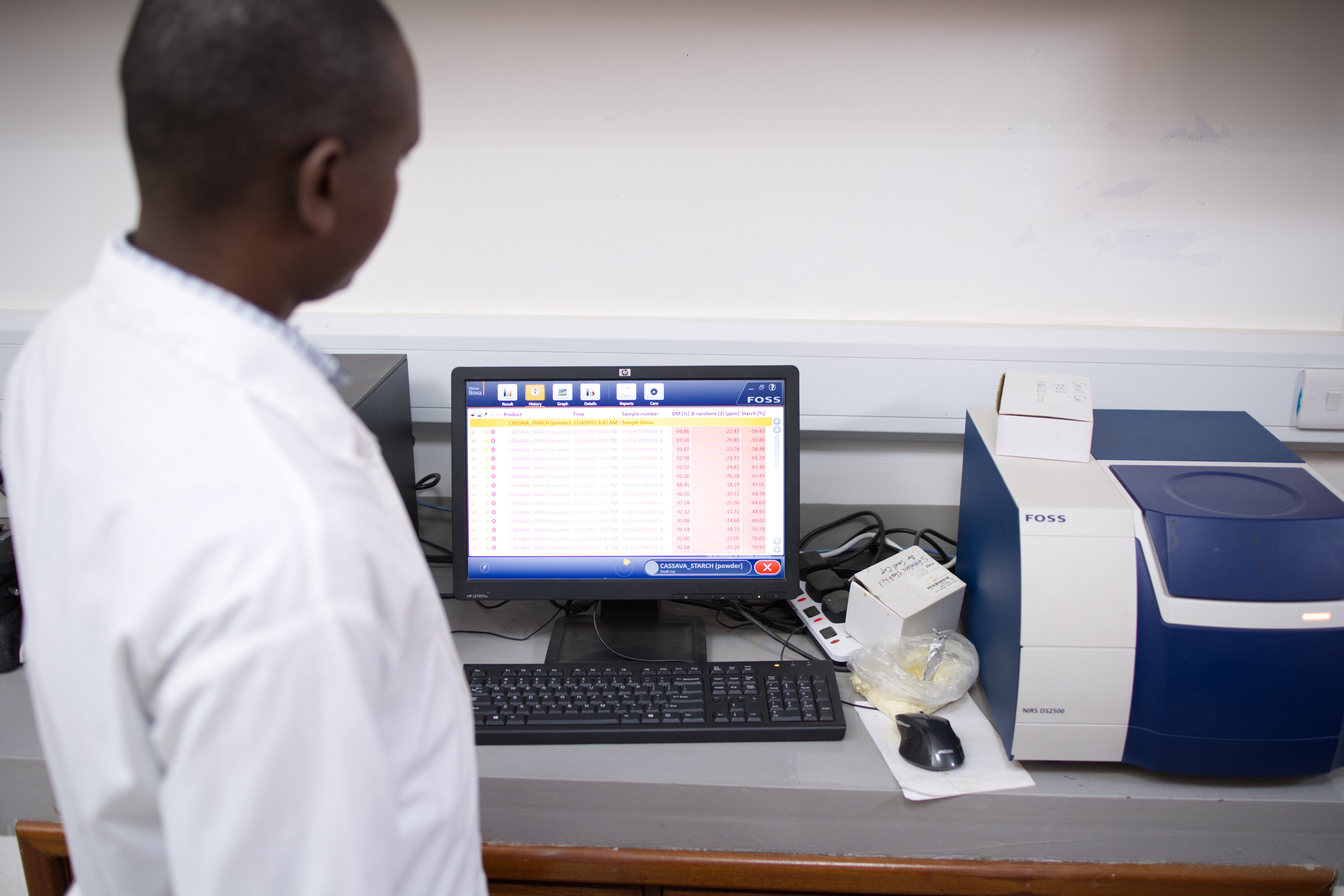 Source: CGIAR Gender
Source: CGIAR Gender
A groundbreaking new dataset and analysis are set to ensure crop breeders develop new varieties that benefit the world’s most disadvantaged people.
The CGIAR Excellence in Breeding Platform (EiB) led a data collection effort across public breeding programs and target regions in the developing world. The work has identified and described 428 market segments – market opportunities in a particular region with shared characteristics such as high rates of poverty or particular growing conditions.
With these market segments, it will be possible to identify specific product needs and address those needs. This will enhance the effort towards higher adoption rates of products developed by CGIAR and national partners.
The researchers then identified approximately 142 breeding pipelines – efforts of eight CGIAR Centers (including former CGIAR Center ICRISAT) that aim to serve these market segments. The pipelines cover 25 crops including wheat, maize, rice and cassava.
The analysis sets the stage for a transformation of how new crop varieties are designed, resourced and managed in public breeding networks. The data help breeding programs identify which market segments are underserved, and where there might be an overinvestment.
In short, it means future breeding investment decisions can better target the people with the highest need. New varieties can be tailored to help those struggling most with poverty, undernourishment, climate change impacts, gender equity and other challenges.

Image: data visualization from prototype of pipeline investment data dashboard. Source: EiB
“Data-driven decision making is the future of CGIAR breeding,” says Peter Coaldrake, who leads the work for EiB. “Too often public breeding has operated without a complete understanding of the market segments, their potential opportunities and impacts. But now we have the baseline data so we can target investments toward market segments with the greatest potential for impact.”
In the mid-twentieth century, CGIAR breeding was instrumental in catalyzing the Green Revolution, which prevented mass food crises through the development of high-yielding wheat and rice varieties. Over the years CGIAR’s work has expanded across dozens of crops and partners around the globe.
But with so many individual breeding pipelines, it hasn’t always been clear who is targeting what, and with what aims. Resources have potentially been over-invested in some areas and under-invested in others.
The project’s pipeline investment data looks at the level of investment per person, per person in poverty, per undernourished person and other breakdowns. This helps breeders see if the way today’s dollars are allocated is appropriate to the potential impact. Or, if investments should be shifted to target one market segment over another. The bigger picture is to drive optimal resource allocation with the right balance between current and future market needs.
This provides vital information to guide breeding strategies. But these sets of data are just the beginning.
“This is a baseline,” says Agnes Mbugua-Gitonga, EiB’s Seed Marketing Specialist. “It is a good starting point and valuable for a range of data recipients. It can help them steer decisions strategically, as well as from an operations point of view.”
 Breeder examines program data at breeding station in Uganda. Source: Jjumba Martin, EiB/CGIAR
Breeder examines program data at breeding station in Uganda. Source: Jjumba Martin, EiB/CGIAR
These next steps include providing breeding programs with a user-friendly data dashboard to guide investment decisions and help develop or improve product profiles – specific descriptions of a variety and the traits needed to best meet the needs of a market segment. CGIAR’s new initiatives Market Intelligence and Accelerated Breeding will carry the work forward to sharpen these investment decisions.
The work will also be expanded by engaging other experts such as gender specialists, social economists, nutritionists, climate change experts, and companies selling to consumers. This will help analysts map out the opportunities in future market segments for what's needed in 10 years. Thus, breeding pipelines can operate ahead of the curve, boosting opportunities for major future impact.
The team will also work with national agricultural research and extension services (NARES) in Africa, Asia and Latin America to help them use this data to focus their programs. CGIAR partners with NARS to better serve local markets and get seeds to farmers.
Public breeding is vital for helping communities meet food, climate and equity challenges. And as this new data is more fully analyzed, augmented and shared, CGIAR will create and deliver new crop varieties targeting those most in need.
-----
Story by Adam Hunt, EiB Communications Lead, with support from the EiB Module 1 team. Contents reflect the information and views of the authors/quoted individuals only. EiB and partners are supported by CGIAR Trust Fund Contributors and the Crops to End Hunger initiative, via the Bill and Melinda Gates Foundation, GIZ, BMZ, USAID, UK Aid, ACIAR and other partners.